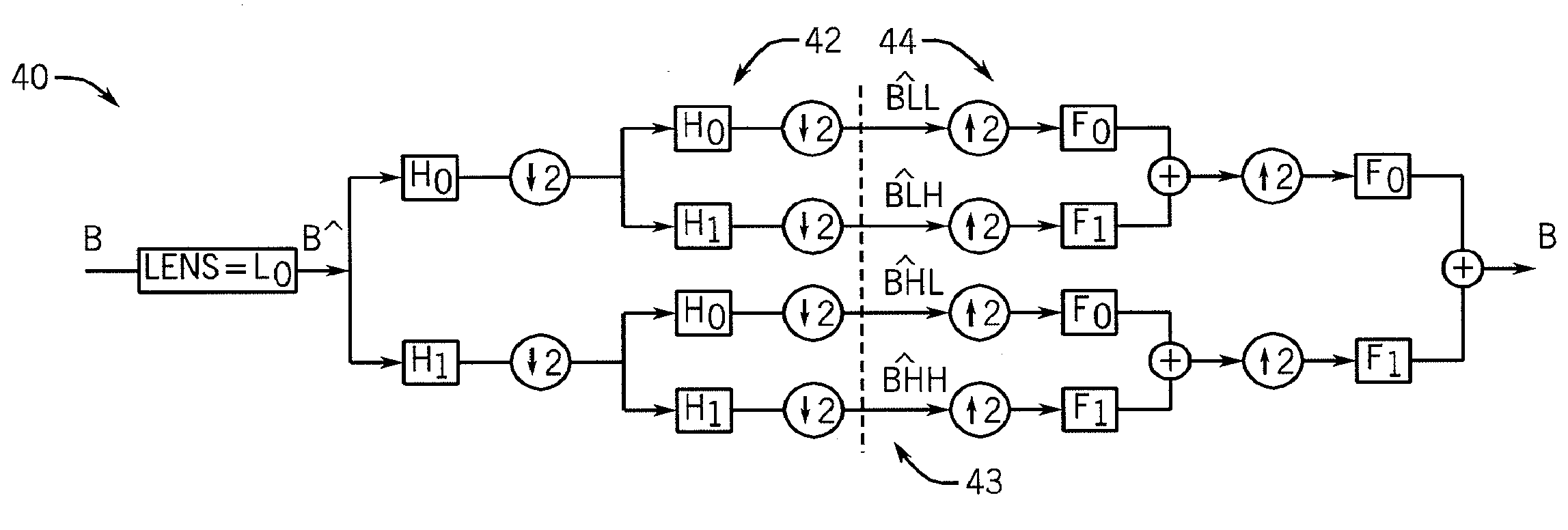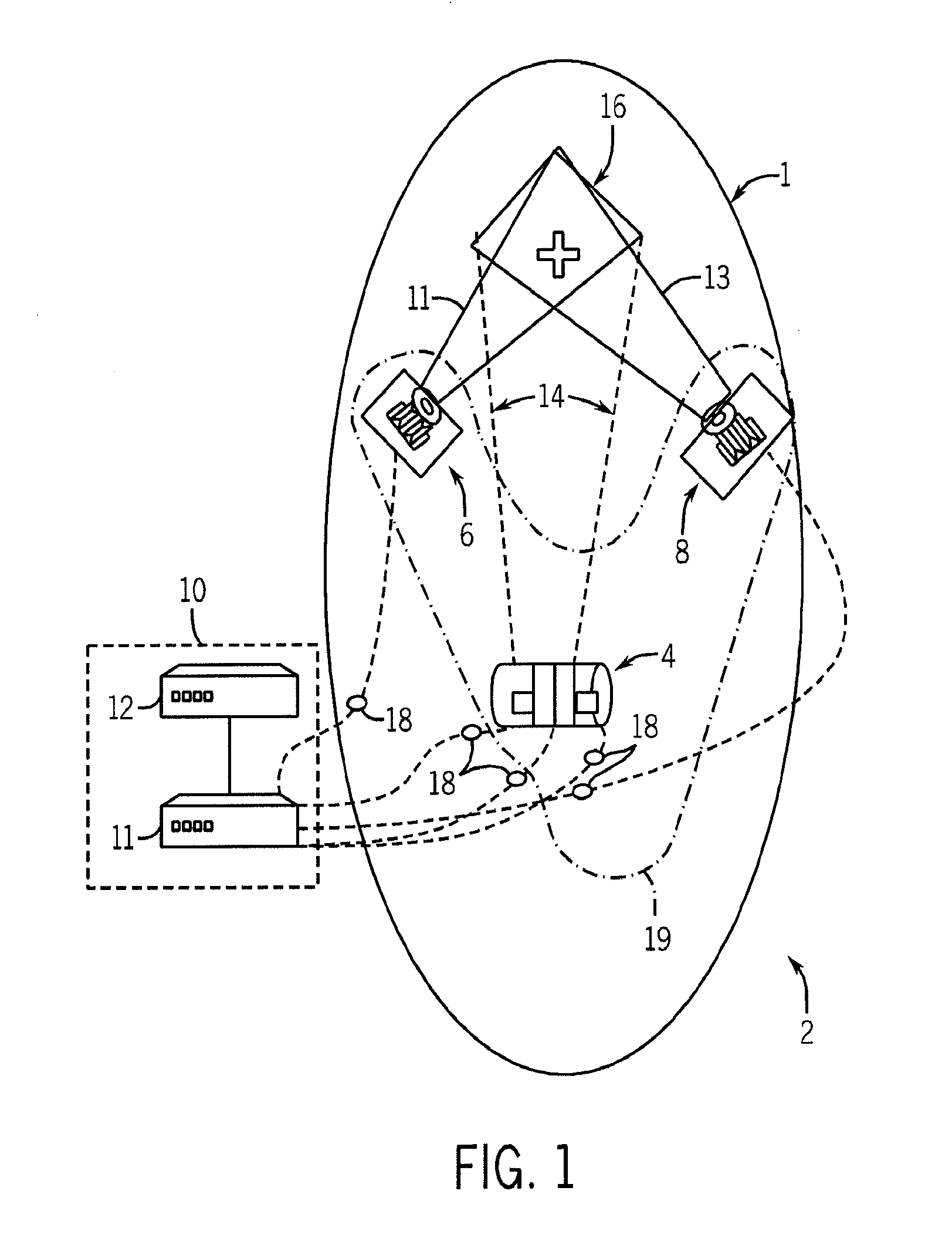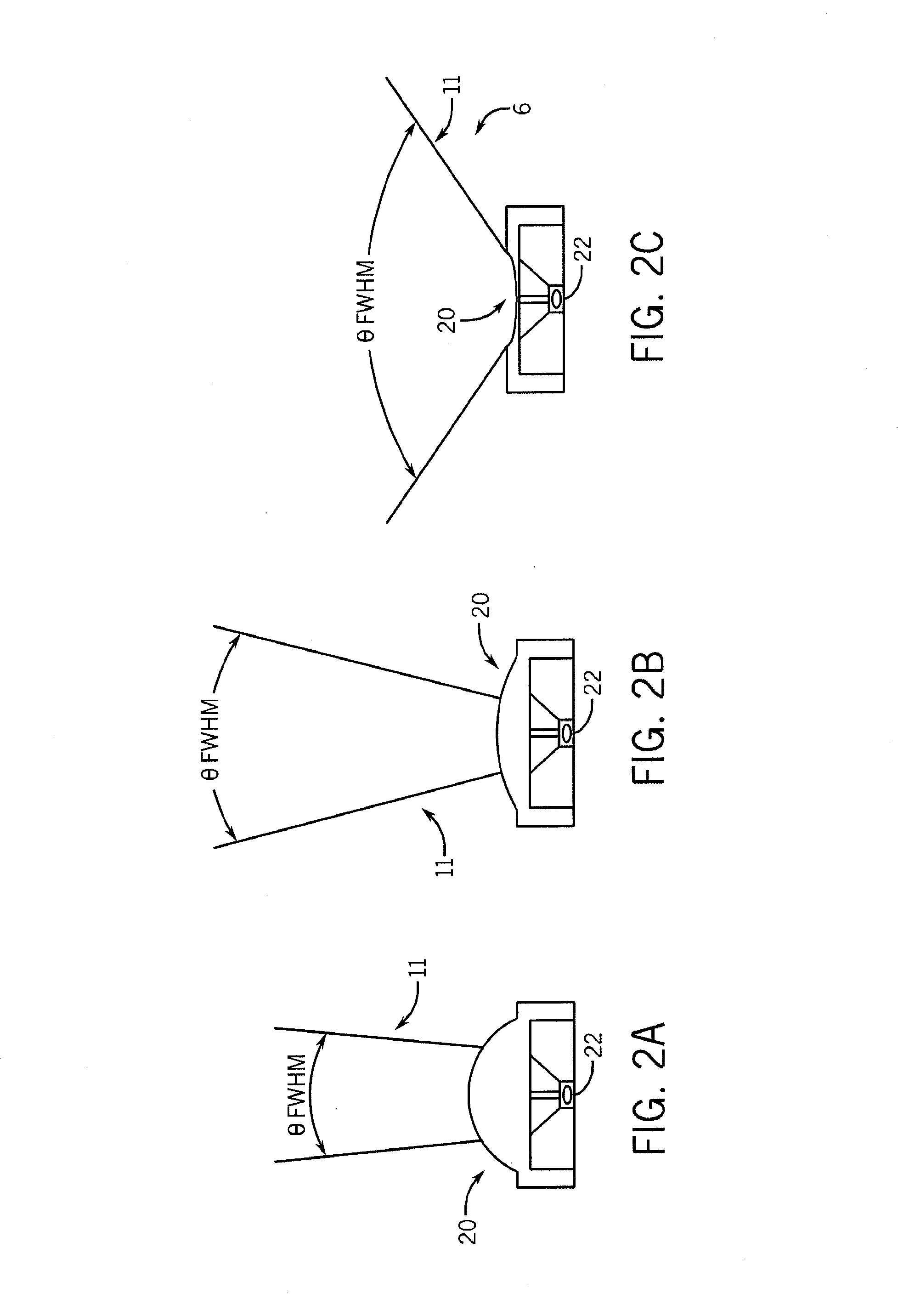Camera system with autonomous miniature camera and light source assembly and method for image enhancement
a technology of miniature cameras and cameras, applied in the field of cameras, can solve the problems of inability to adjust the angle of view or illumination without a new, lack of sufficient optical zoom, and inability to control the light intensity
- Summary
- Abstract
- Description
- Claims
- Application Information
AI Technical Summary
Benefits of technology
Problems solved by technology
Method used
Image
Examples
Embodiment Construction
[0030]Referring to FIG. 1, an exemplary embodiment of a camera system 2 includes a miniature camera 4, two light source assemblies 6 and 8, respectively, and a control and processing unit 10 which includes a control unit 11 and a PZT (piezoelectric transducer) operator control unit 12 that are coupled to and in communication with one another. As shown schematically, the miniature camera 4 and light source assemblies 6, 8 are placed within an abdominal cavity 1 (or other body cavity or the like) of a patient, while the control and processing unit 10 remains exterior to the body of the patient. In at least one embodiment, the camera is insertable into an abdominal cavity through a 20 mm incision, such as on the abdominal wall, and the light source assembly is also insertable through an incision. In the present embodiment, it is envisioned that the miniature camera 4 is physically separated from each of the light source assemblies 6, 8, each of which is also physically separate from on...
PUM
 Login to View More
Login to View More Abstract
Description
Claims
Application Information
 Login to View More
Login to View More - R&D
- Intellectual Property
- Life Sciences
- Materials
- Tech Scout
- Unparalleled Data Quality
- Higher Quality Content
- 60% Fewer Hallucinations
Browse by: Latest US Patents, China's latest patents, Technical Efficacy Thesaurus, Application Domain, Technology Topic, Popular Technical Reports.
© 2025 PatSnap. All rights reserved.Legal|Privacy policy|Modern Slavery Act Transparency Statement|Sitemap|About US| Contact US: help@patsnap.com



